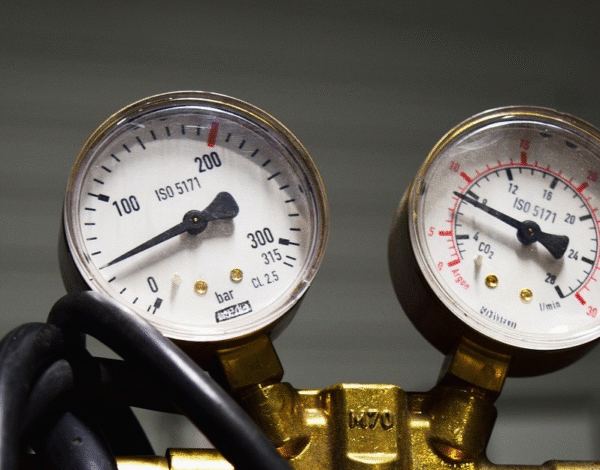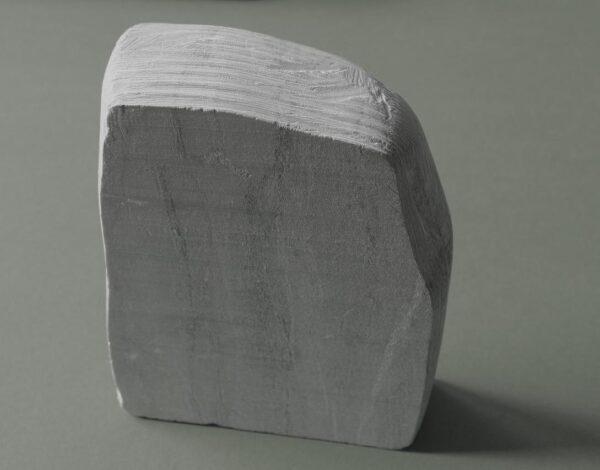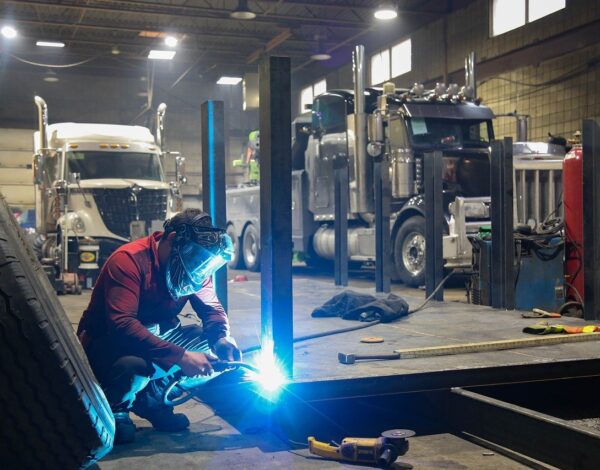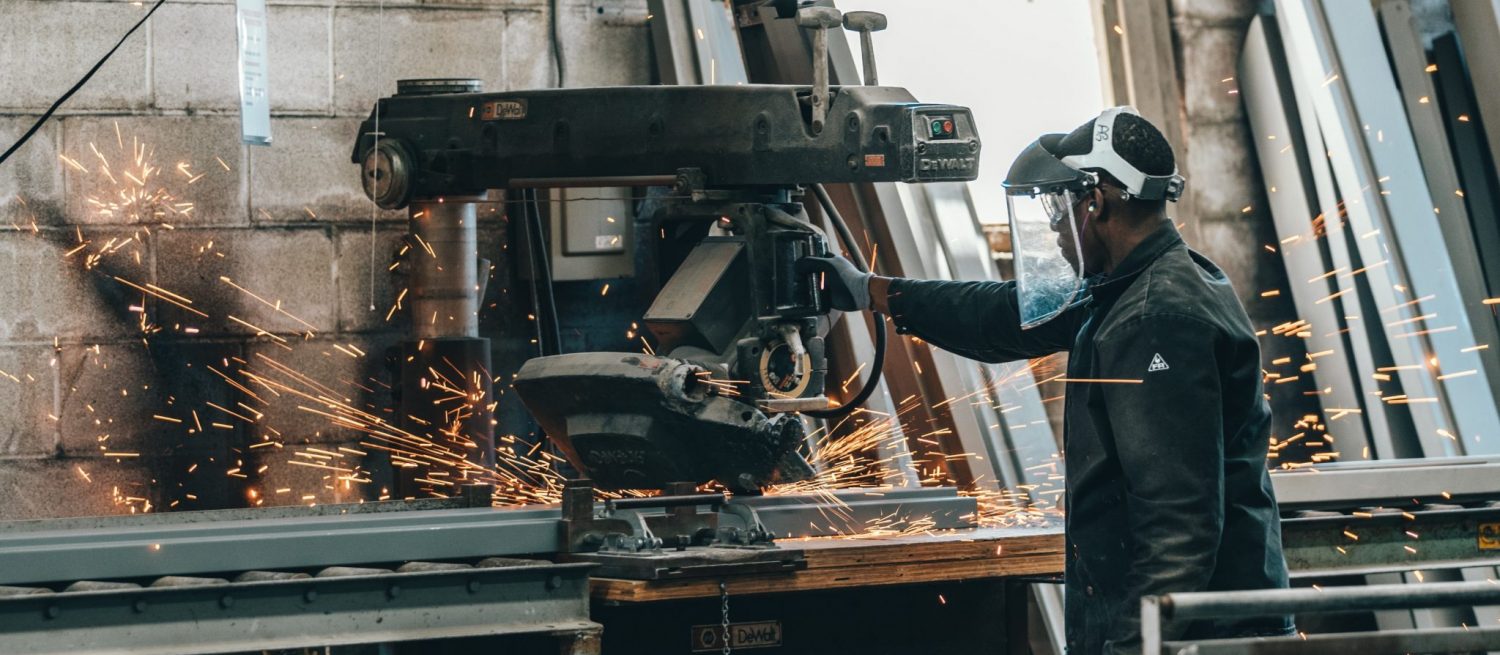

How To Fix Common Problems With Cutting and Grinding Wheels
When working with abrasives, cutting, and grinding wheels, there are recurring challenges that can decrease productivity, reduce cost-effectiveness, and cause an unsafe work environment. At Rocky Mountain Air Solutions, our hope is to assist you in selecting which abrasives will provide the best performance for the variety of applications used within your specific industry.
To keep a safe work environment when using cutting and grinding wheels, check off these crucial safety items before you begin:
– Review the tool’s instruction manual prior to use.
– Wear proper safety gear, including goggles, a face shield, hearing protection, and respiratory protection.
– Double check the speed of the tool and that the tool guard is in place.
– Check that the abrasive wheel is securely attached.
Always keeping safety at the forefront, we will look at several best practices for identifying common problems with cutting and grinding wheels.
Common Cutting Wheel Problems: Short Life and Frayed Edges
Cutting wheels are sensitive to excessive pressure and angle, which play a large role in the life of the cutting wheel and contribute to frayed edges. An unsecured workpiece that vibrates and wobbles excessively can fracture and detach from the tool, causing a safety hazard and frequent replacement.
Here are several ways to prolong cutting wheel life and reduce frayed edges:
– Turn on the tool, assuring that it is both secure and spinning in balance before beginning to make a cut.
– Use the whole body to lean into the cut at a 90-degree angle.
– Work in a rocking motion through the cut to improve cut efficiency.
– Only restart a cutting wheel at the beginning of the cut line, not in the middle of the cutline while it is touching the workpiece.
Other causes of a short cutting wheel life may be due to inappropriate storage or expiration. Only use cutting wheels up until the recommended shelf-life as listed on the label. Different applications require different product bonds, so research which is the best product for each individual application. Your supplier can help answer questions about the appropriate product softness for each use.
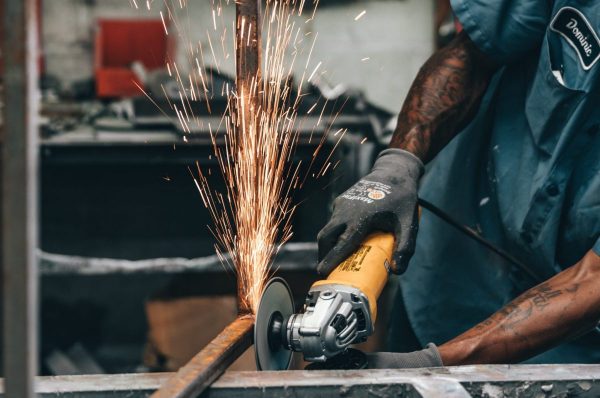
Common Grinding Wheel Problems: Uneven Wear and Wheel Loading
Grinding wheels are notorious for showing uneven edgewear, which is commonly caused by the use of excessive pressure and poor grinding angles. Both of these operational errors can cause grinding wheels to spin out of balance, damaging the bearings and fracturing the wheel. Once these abrasives are damaged, they will be unable to mount properly or unable be tightened. The last thing you want is for the abrasive grains to dull, for sharp edges to appear, or to introduce safety risks into the work environment or to waste time and money.
Here are several ways to prolong grinding wheel life and reduce uneven wear:
– Operate from a proper stance and body position to create long, smooth strokes.
– Do not apply too much pressure to the grinding wheel, as it will not increase the speed or performance of the tool, but rather, will cause uneven and sharp edgewear.
– Choose the appropriate wheel for each application.
– Administer the wheel at the appropriate level of power, as an under or overpowered tool will result in a dull or fractured grinding wheel.
To avoid uneven wear and to continue to work safely, it is advised to use long, smooth strokes to generate clean scratch patterns. Sloppy scratch patterns are usually caused by short, choppy strokes, which degrades the final finish and will result in having to do the job over again.
Why Purchase Abrasives from Rocky Mountain Air Solutions?
At RMA we test all our cutting and grinding wheels against competitive wheels for safety, performance, efficiency, and cost savings. We can compare any wheel you are currently using side by side to provide you with a higher performing, longer lasting wheel for almost any application. This level of testing is true for all of our abrasives and is backed by industry professionals with years of knowledge and expertise.
Our industry experts are available to answer your questions relating to all things abrasives, from safety tips to finding the right wheel for your applications. Contact a representative at any of our branches across the Rocky Mountain region today.

